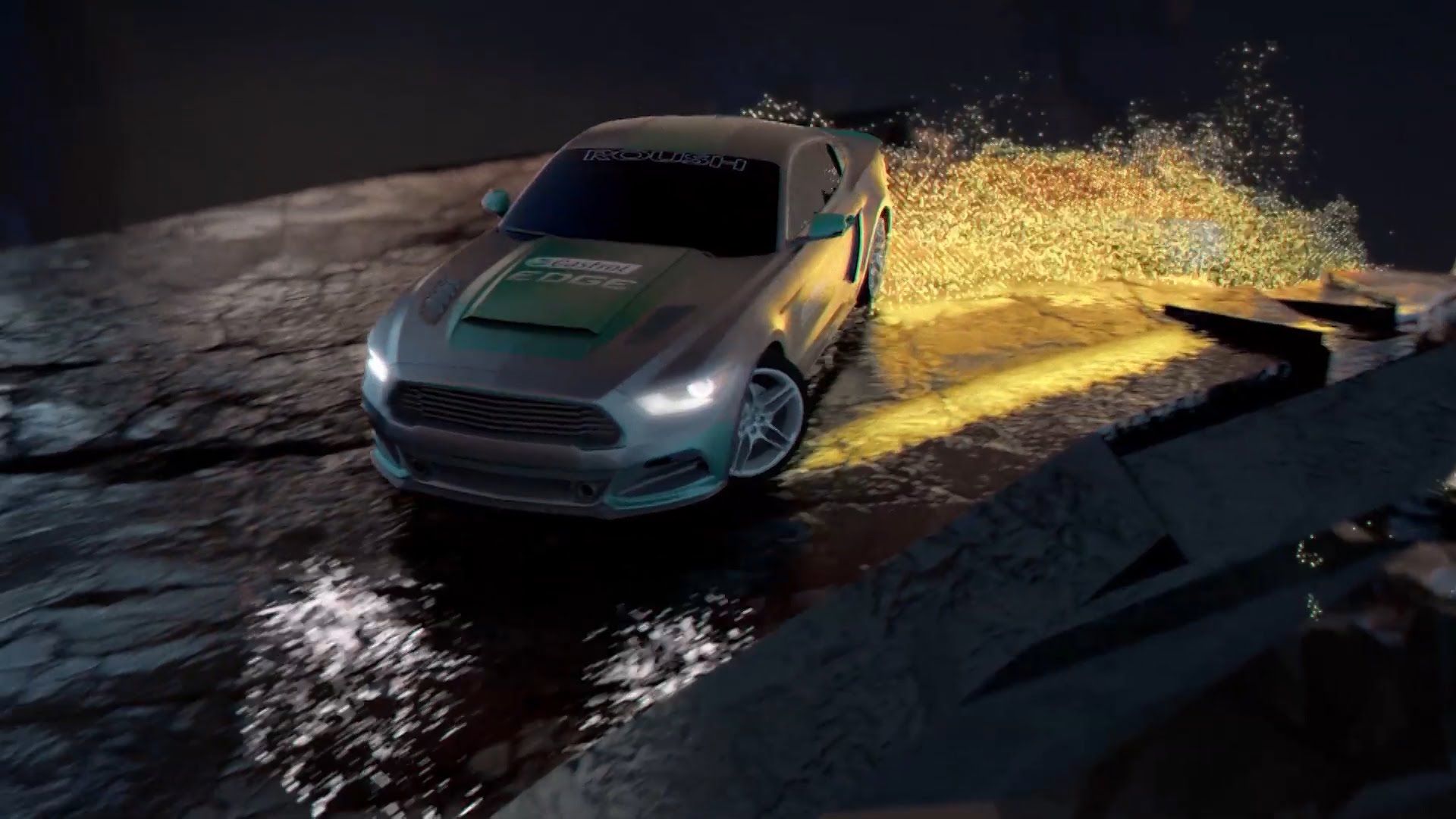Sep 3, 2015
NASA and the Makers of the Hoverboard Are Bringing You Tractor Beams
Posted by Shailesh Prasad in categories: space, transportation
The now-famous hoverboard company will work over the next few years to tug NASA’s tiny satellites.
The now-famous hoverboard company will work over the next few years to tug NASA’s tiny satellites.
The brain of a honey bee uses about ~0.1mW of power. While the brain of a self driving car ~100W. That’s a power factor of about one million. We’ve got a very long way to go.
V1.0: A Network Edition is here! http://ow.ly/RAI4k.

A Tesla Model S has reportedly been driven 452.8 miles (728.7 km) on a single charge in a feat that, according to driver Bjørn Nyland and the World Record Academy, sets a new world record for an electric production car.

Castrol Edge & Video Games technologies: Racing a Real Car in Virtual Reality.
Castrol EDGE has premiered its latest Titanium Trial driving challenge, featuring Formula Drift professional Matt Powers driving his Roush Stage 3 Mustang whilst wearing a state-of-the-art Oculus Rift Development Kit 2 headset: blind to the real world around him, but fully-immersed in a rapidly changing 3D virtual world.
Continue reading “Racing Real Car in Virtual Reality — Castrol Edge & Video Games tech” »
V2V communication is a viable way to mitigate accidents amongst autonomous vehicles.
Engineers have known for some time that if cars could only “talk” to each other, they could avoid a lot of accidents.
Vehicles could be driven more safely with information about another car, obstacle or pedestrian around a blind curve, for example.
Continue reading “US pushes pedal on car-to-car communication” »
If you pry open one of today’s ubiquitous high-tech devices—whether a cellphone, a laptop, or an electric car—you’ll find that batteries take up most of the space inside. Indeed, the recent evolution of batteries has made it possible to pack ample power in small places.
But people still always want their devices to last even longer, or go further on a charge, so researchers work night and day to boost the power a given size battery can hold. Rare, but widely publicized, incidents of overheating or combustion in lithium-ion batteries have also highlighted the importance of safety in battery technology.
Now researchers at MIT and Samsung, and in California and Maryland, have developed a new approach to one of the three basic components of batteries, the electrolyte. The new findings are based on the idea that a solid electrolyte, rather than the liquid used in today’s most common rechargeables, could greatly improve both device lifetime and safety—while providing a significant boost in the amount of power stored in a given space.
